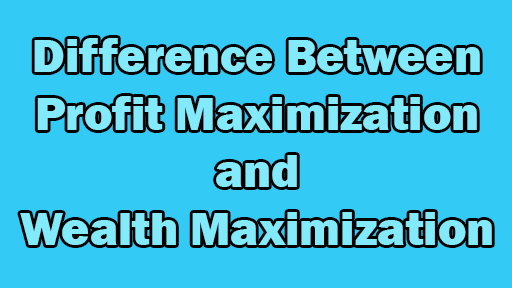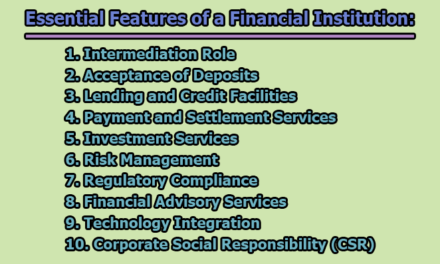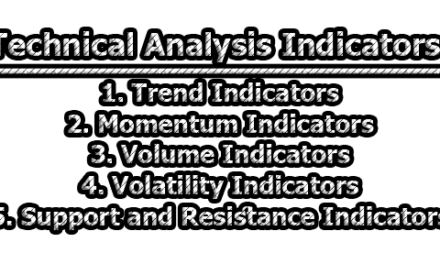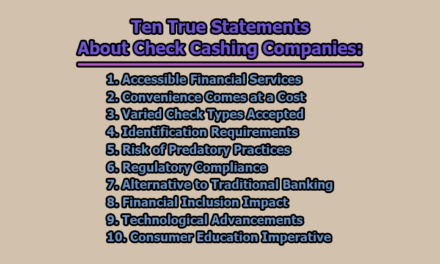Profit maximization and wealth maximization are two distinct financial management objectives pursued by businesses. While profit maximization focuses on increasing short-term profits, wealth maximization looks at the long-term value creation for shareholders. Here, difference between profit maximization and wealth maximization are given below:
| Criteria | Profit Maximization | Wealth Maximization |
| Objective | Maximize short-term profits, often measured by net income | Maximize the long-term value of shareholders’ wealth, measured by Net Present Value (NPV) of future cash flows |
| Time Horizon | Short-term focus, typically one accounting period | Long-term perspective, considering the entire life of the business and future cash flows |
| Measurement | Emphasizes accounting profits and earnings per share | Considers various financial metrics, including cash flows, risk-adjusted discount rates, and the time value of money |
| Stakeholders | Primarily focuses on satisfying immediate shareholders | Takes into account the interests of all stakeholders, including shareholders, employees, customers, and the community |
| Sustainability | May prioritize short-term gains over long-term stability | Prioritizes sustainable and responsible business practices, considering environmental, social, and governance (ESG) factors |
| Risk | May overlook risks for the sake of immediate profits | Incorporates risk assessment and management in decision-making, considering the impact of risks on long-term value creation |
| Flexibility | Provides flexibility in adapting to short-term market changes | Requires strategic planning and consistent value creation to adapt to changing market conditions |
| Decision-Making | Decisions often based on immediate financial gains | Involves strategic decision-making, considering the long-term impact on shareholder value and the overall financial health of the company |
| Scope | Narrow focus on the bottom line and immediate financial results | Broader scope, considering overall financial health, growth potential, and market position of the company |
| Value Creation | May sacrifice long-term value for short-term gains | Emphasizes creating sustained value over time by making decisions that enhance the company’s competitive position and profitability |
| Key Metrics | Net Income, Earnings per Share | Net Present Value (NPV), Return on Investment (ROI), Economic Value Added (EVA), Market Capitalization |
In conclusion, while profit maximization concentrates on immediate financial gains, wealth maximization takes a holistic and long-term approach to create sustained value for shareholders and other stakeholders. Companies often need to strike a balance between these objectives, aligning their strategies with the prevailing market conditions and their long-term sustainability goals. Ultimately, the choice between profit maximization and wealth maximization depends on the company’s vision, mission, and the priorities of its key stakeholders.

Library Lecturer at Nurul Amin Degree College










